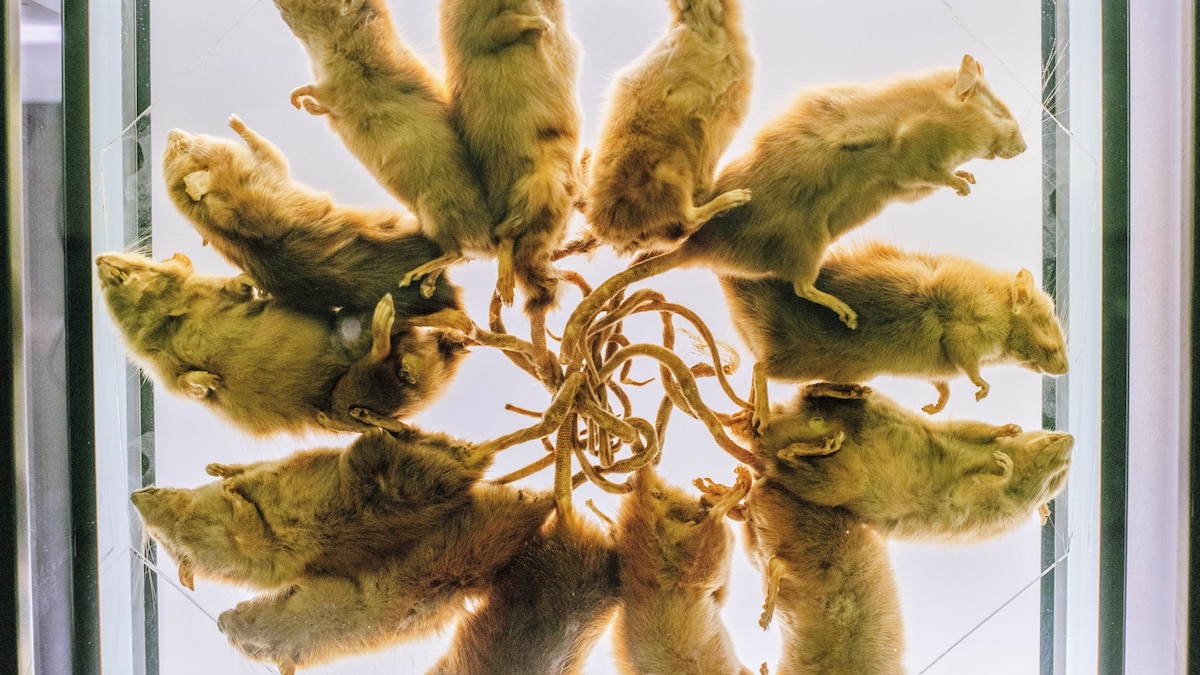Now Reading: Rat Kings: A Rare Phenomenon with Serious Implications
-
01
Rat Kings: A Rare Phenomenon with Serious Implications
Rat Kings: A Rare Phenomenon with Serious Implications

Quick Summary
- The “rat king” phenomenon, recorded since the 1500s, refers to a group of rats with their tails entangled to form a knot.
- Scientists remain divided on whether rat kings are real or simply hoaxes. Some experts argue they are physically possible but extremely rare.
- Andrei Miljutin, curator at the University of tartu Natural History Museum in Estonia, asserts rat kings exist and has studied several preserved specimens housed in museums.
- A 2007 study documented 58 reliable sightings of rat kings; most were found in Europe (Germany, France, Netherlands) and involved black rats (Rattus rattus), with discoveries frequently enough coinciding with cold weather.
- Entanglements result from substances such as clay soil and straw rather than simple knotting of tails.
- Video evidence exists of living entangled rats observed by Miljutin in South Estonia (2021).
- Rodentologist Bobby Corrigan supports the plausibility but emphasizes that such events are exceedingly rare.
- Rat anatomy (flexible tails) and behavior (group huddling for warmth called “hugger-muggering”) may contribute to this phenomenon under certain conditions.
Indian Opinion Analysis
The “rat king” is a curious example where folklore intersects science to offer an insight into rodent behavior. while its rarity limits conclusive agreement among scientists, documented cases strengthen claims about its existence.
For India-a country dealing with notable rodent populations due to urbanization-understanding such phenomena can have practical implications. Rats play both positive roles (medical research contributions) and negative ones (as vectors for diseases). Exploring their social hierarchies or environmental habits might improve pest control measures without resorting exclusively to harmful interventions like glue traps. Balanced scientific inquiry into events like “rat kings” highlights how intricate ecosystems adapt under environmental pressures.


























